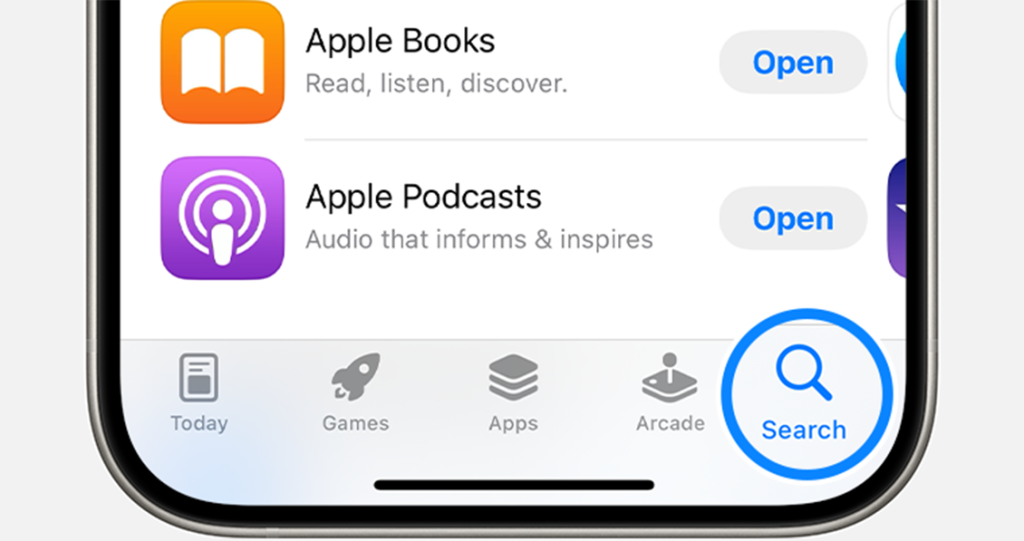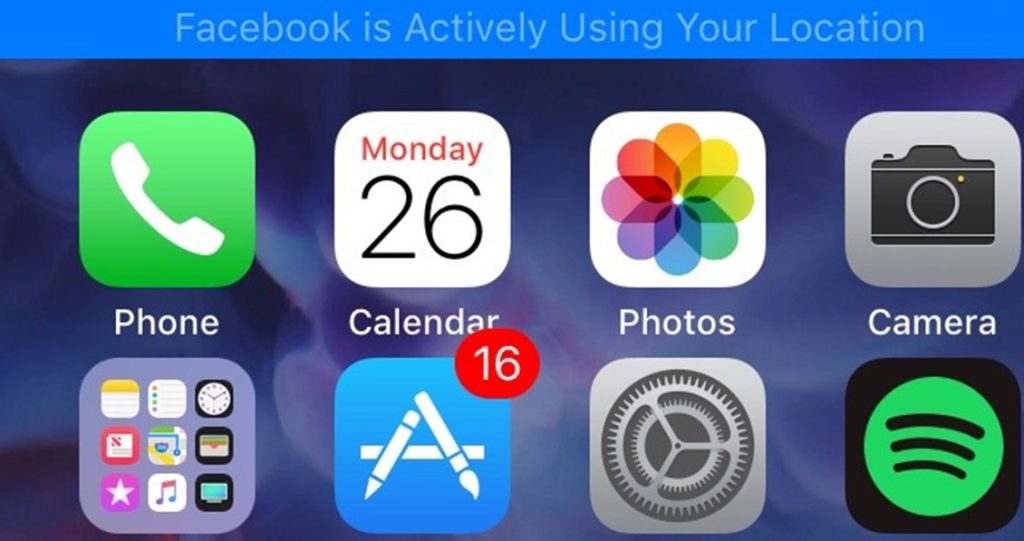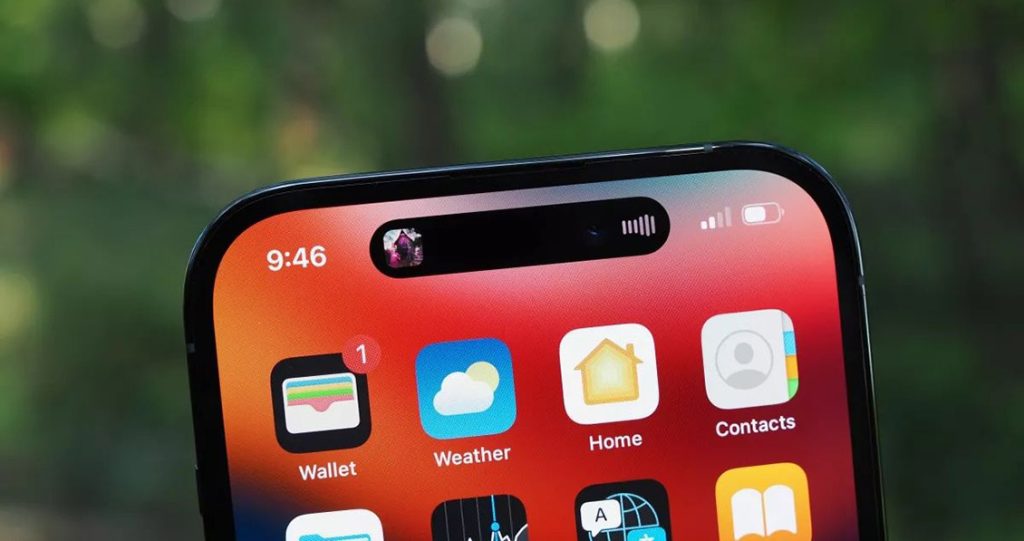In today’s digital landscape, the role of smartphones, particularly the iPhone, has transcended mere communication devices to become indispensable tools that facilitate various aspects of our lives. The iPhone’s pervasive popularity owes much to the rich and diverse selection of applications found on the App Store. These apps cover a vast spectrum of utilities, catering to an array of needs and interests.
For individuals new to the iPhone ecosystem or those delving into its myriad possibilities, acquainting oneself with the process of discovering, installing, and effectively utilizing these applications is pivotal. This knowledge not only broadens the functionality of the device but also enhances the overall smartphone experience.
In a world characterized by constant connectivity and digital innovation, navigating the App Store has evolved into an essential skill. The App Store serves as a gateway to a treasure trove of apps designed to simplify tasks, entertain, educate, and assist users in various aspects of their daily lives. Understanding the intricacies of accessing and utilizing these applications effectively transforms the iPhone into a personalized tool that caters to individual preferences and requirements.
Whether you’re seeking productivity tools to streamline work, entertainment apps for leisure, fitness and wellness applications for personal health, or social platforms to connect with friends and family, the App Store offers an extensive collection to suit diverse needs. Mastering the art of discovering, installing, and harnessing the capabilities of these applications can significantly augment the iPhone’s functionality, making it an indispensable companion in navigating the complexities of modern life.
Understanding the App Store
Navigating the App Store Interface
The App Store interface is designed for intuitive navigation. Upon launching the App Store app, users encounter a home screen showcasing featured apps, top charts, and curated collections. Exploring further, users can browse through categories such as Games, Productivity, Health & Fitness, Education, and more. The search functionality allows users to find specific apps by typing keywords or names in the search bar. Categories and subcategories aid in refining searches for apps that align with specific interests or needs.
App Ratings and Reviews
App ratings and reviews are invaluable indicators of an app’s quality and functionality. Ratings are typically depicted in stars, providing a quick snapshot of an app’s overall satisfaction level among users. Reading user reviews offers deeper insights into an app’s strengths, weaknesses, and user experiences. It’s prudent to consider a balanced spectrum of reviews, evaluating both positive and negative feedback, to make an informed decision before downloading an app.
Installing Apps on iPhone
Using the App Store
To install an app from the App Store, begin by selecting the desired app. Tap the app icon to view its details, including a description, screenshots, reviews, and ratings. Click on the “Get” or price button (for paid apps) and authenticate with Face ID, Touch ID, or your Apple ID password to initiate the download. The app icon appears on the iPhone’s home screen upon completion.

Downloading Free and Paid Apps
Differentiating between free and paid apps is straightforward on the App Store. Free apps display a “Get” button, allowing users to download them without any cost. Paid apps exhibit their price; users need to confirm the purchase with their Apple ID password or authentication method linked to their Apple account. Once purchased, the app is accessible to download and install on the iPhone.
Managing App Downloads
Managing app downloads and updates is crucial for maintaining an organized app library. iPhone users can access their ongoing or completed downloads by tapping the App Store icon and navigating to the “Updates” or “Purchased” sections. Settings allow users to enable automatic app updates, ensuring that apps receive the latest features and security patches without manual intervention.
Understanding these aspects of the App Store empowers iPhone users to navigate its interface seamlessly, make informed decisions while selecting apps, and efficiently manage their app library for an optimized user experience.
Essential Apps for Various Needs
Social Media Apps
Social media platforms like Facebook, Instagram, Twitter, and LinkedIn have transformed communication and connectivity. Facebook offers a broad spectrum of features, including news feeds, groups, and events. Instagram focuses on visual storytelling through images and short videos. Twitter emphasizes real-time information sharing through tweets. LinkedIn is tailored for professional networking. Each platform has its unique interface and functionalities, facilitating diverse interactions, content sharing, and networking.
Productivity Apps
Productivity apps are instrumental in streamlining work and organizing tasks. Microsoft Office provides essential tools like Word, Excel, and PowerPoint for creating documents, spreadsheets, and presentations. Google Workspace offers collaboration tools like Google Docs, Sheets, and Slides, allowing real-time editing and sharing. Note-taking apps such as Evernote or Notion enable users to jot down ideas, create to-do lists, and organize information efficiently, synchronizing across devices for easy access.
Entertainment Apps
Entertainment apps cater to leisure activities and content consumption. Spotify and Apple Music are popular music streaming services offering vast libraries of songs, playlists, and personalized recommendations. Netflix and YouTube provide extensive collections of movies, TV shows, and user-generated content for on-demand streaming and viewing.
Health and Fitness Apps
Health and fitness apps have gained traction, aiding users in maintaining a healthy lifestyle. Health-tracking apps like Fitbit or Apple Health monitor physical activities, sleep patterns, and heart rate. Workout planners like Nike Training Club or Peloton offer guided workouts for various fitness levels and goals. Meditation apps such as Headspace or Calm assist in stress reduction and mindfulness through meditation and relaxation techniques.
Games and Recreation Apps
The App Store hosts a plethora of gaming options and recreational apps. From immersive mobile games like Fortnite, PUBG Mobile, and Among Us to brain-teasing puzzles like Sudoku or Crossword puzzles, there’s a game for every taste. Recreational apps encompass diverse categories like photography (VSCO, Adobe Lightroom), travel (Google Maps, Airbnb), and learning (Duolingo, Khan Academy), catering to various interests and hobbies.
Understanding these categories of essential apps empowers iPhone users to discover and leverage applications that cater to their specific needs, whether for professional productivity, entertainment, health, or leisure. Exploring these diverse app options can significantly enrich the iPhone experience, enhancing productivity, fostering creativity, and facilitating personal well-being.
Organizing and Managing Apps
Creating App Folders
Organizing apps into folders helps streamline access and declutter the home screen. To create a folder on the iPhone, press and hold an app icon until it starts wiggling. Drag one app icon onto another, and a folder will automatically form. Name the folder to represent the apps it contains, such as “Social,” “Productivity,” or “Games.” You can drag and drop additional apps into the folder to organize them efficiently.
Deleting and Offloading Apps
To delete an app from your iPhone, tap and hold the app icon until it starts wiggling. Then, tap the ‘x’ icon on the app and confirm deletion. Offloading apps is a useful option to free up space without losing data. Go to Settings > General > iPhone Storage. Tap on an app and select “Offload App.” This removes the app but retains its data, allowing for reinstallation without losing information.
Managing App Permissions
Protect your privacy by managing app permissions. Go to Settings > Privacy to control which apps have access to features like location, camera, microphone, contacts, and more. Toggle permissions on or off according to your preferences. Regularly review and adjust these settings to ensure your data remains secure.
Tips and Tricks
Customizing App Settings
Explore app-specific settings to personalize your experience. Inside each app, look for settings that allow customization, such as theme options, notification preferences, or layout settings. Adjust these settings to suit your preferences and optimize the app’s functionality.

App Shortcuts and Gestures
Utilize iPhone gestures and shortcuts for efficient app navigation. For instance, swiping down from the top-right corner on newer iPhones opens the Control Center, providing quick access to commonly used settings. Additionally, familiarize yourself with app-specific gestures that enable faster navigation or actions within the app.
Troubleshooting App Issues
Encounter an app-related problem? Restarting the app or your iPhone can resolve minor issues. If an app frequently crashes or behaves unexpectedly, check for available updates in the App Store. If problems persist, consider uninstalling and reinstalling the app. Lastly, visit the app developer’s support page or community forums for troubleshooting guidance or contact their support team for assistance.
Mastering these techniques empowers iPhone users to organize, manage, and optimize their app experience effectively. From decluttering the home screen to fine-tuning app settings and addressing common issues, these practices contribute to a smoother and more tailored smartphone usage.
Navigating the App Universe on Your iPhone
Venturing into the world of iPhone apps provides a gateway to a plethora of functionalities, entertainment, productivity, and connectivity. With the App Store as your hub, the opportunities for customization, learning, and entertainment are boundless.
Mastering the process of finding, installing, and utilizing various applications tailored to your preferences is pivotal in optimizing your iPhone experience. By understanding the intricacies of the App Store’s interface, discerning app ratings and reviews, and learning how to install, manage, and organize apps effectively, you’ve unlocked the potential to transform your iPhone into a versatile tool that suits your lifestyle.
Moreover, exploring essential categories of apps—social media, productivity, entertainment, health and fitness, games, and more—provides insights into diverse functionalities and purposes, catering to different aspects of your life.
Furthermore, gaining proficiency in organizing apps through folders, managing app permissions, and troubleshooting common app-related issues equips you with the skills to maintain a streamlined and efficient app ecosystem on your device.
Embrace the journey of discovery, exploration, and optimization within the App Store, and unlock a world of possibilities that cater to your individual preferences, needs, and aspirations. By mastering the art of app navigation and utilization, you’re poised to enrich your daily routines, amplify productivity, fuel creativity, and indulge in entertainment—all conveniently accessible within the confines of your iPhone’s screen.

